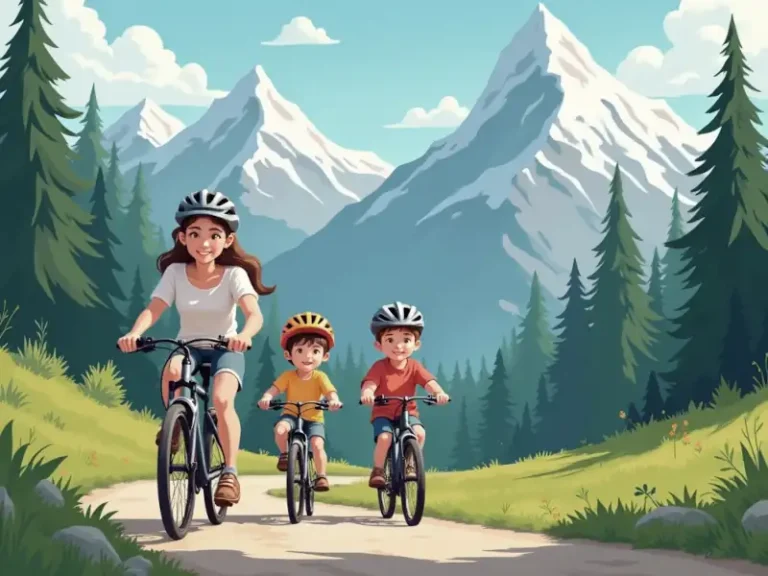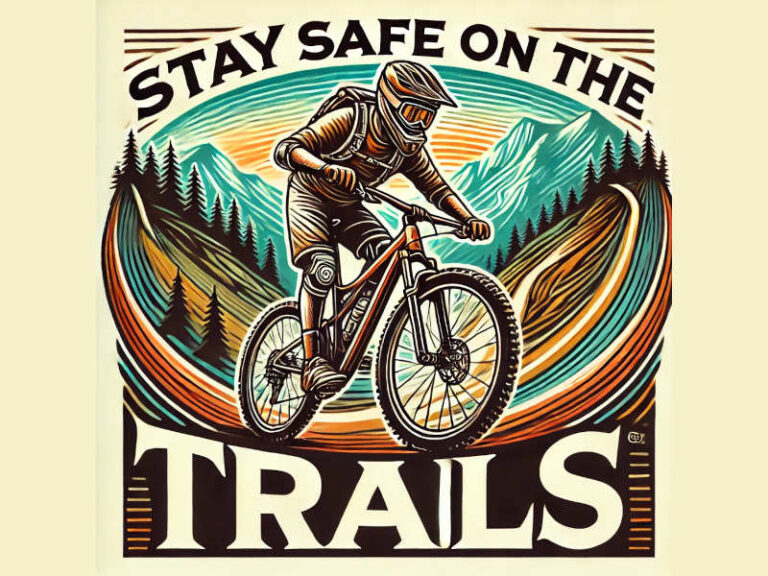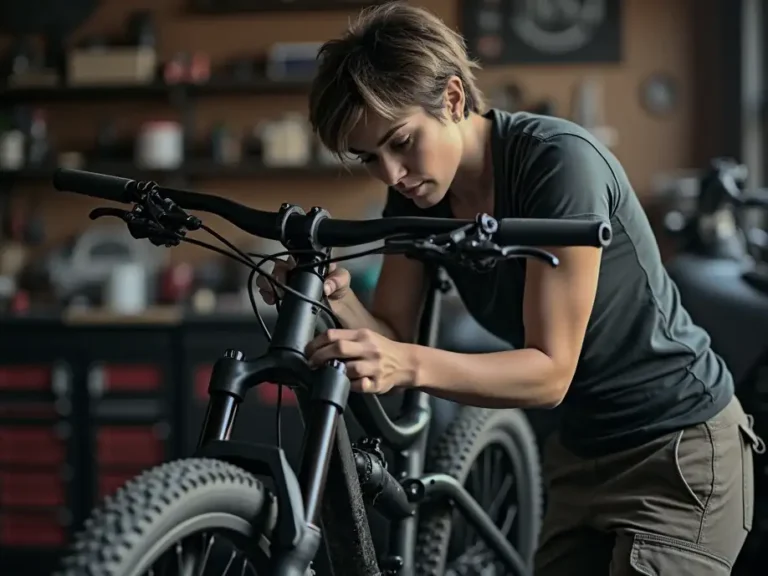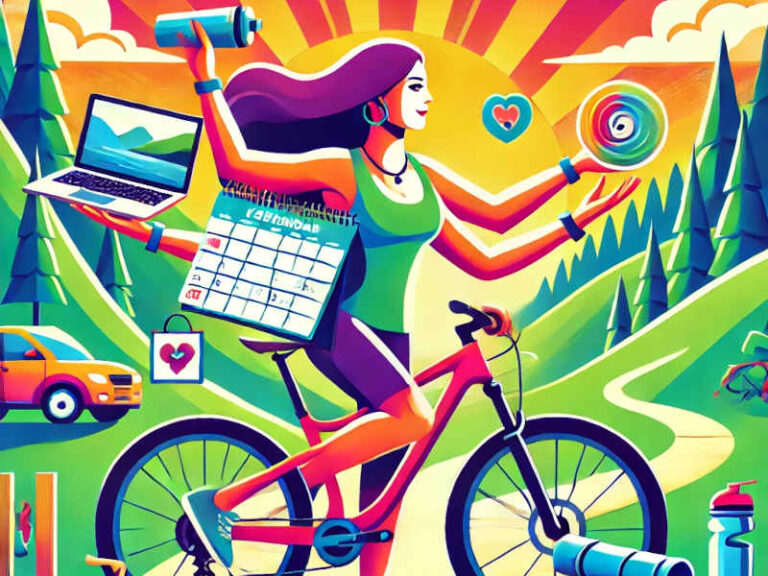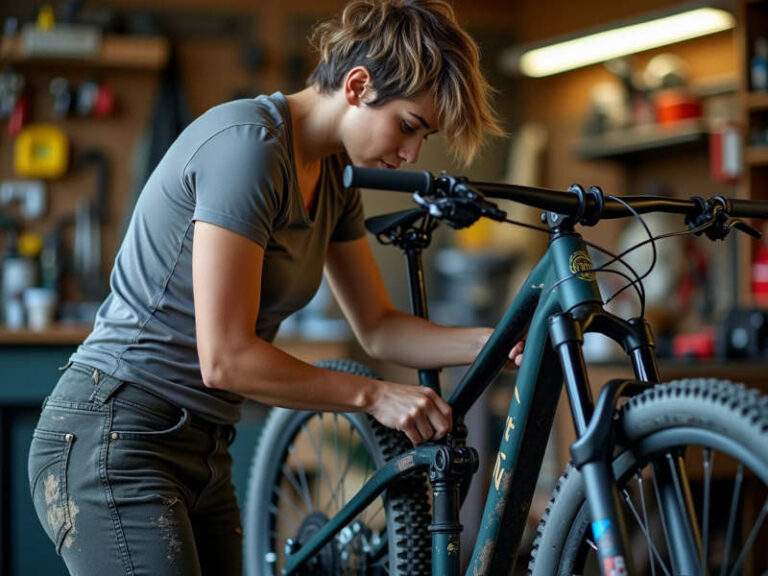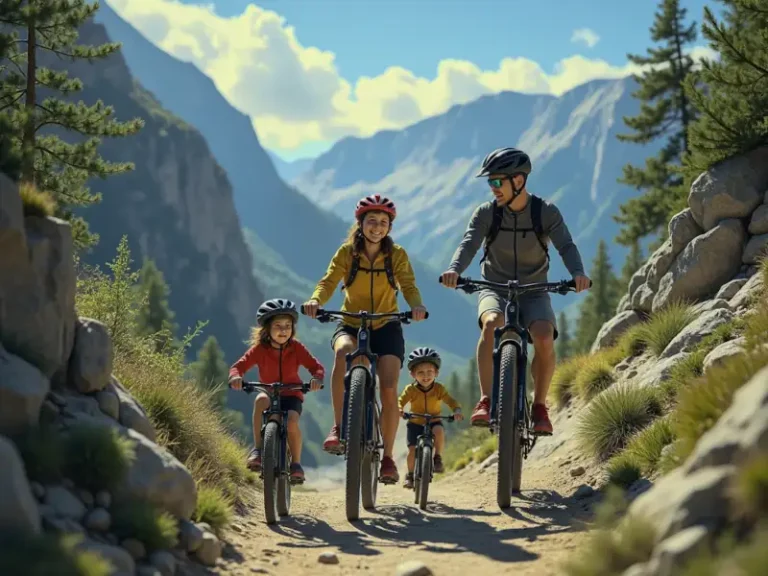Budget vs. Premium: Which Mountain Biking Gear Is Worth the Splurge?
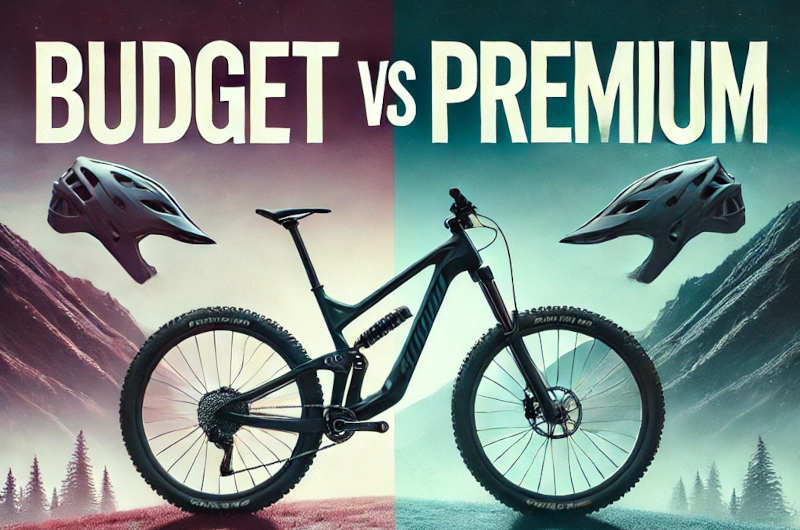
Mountain biking is an expensive hobby. Between the bike, gear, and maintenance, costs add up fast. But do you really need top-of-the-line equipment to have a great ride? Some upgrades make a big difference, while others drain your wallet without much payoff.
The trick is knowing where to spend and where to save. Some budget-friendly gear works just fine, while certain upgrades improve performance, comfort, and safety. A solid helmet? Worth every penny. A $200 jersey? Maybe not.
This article breaks down which mountain biking gear is worth the splurge and where you can cut costs without regret. Let’s keep you riding strong—without blowing your budget.
Where to Splurge: Essential Gear Worth the Investment
Some gear is worth spending extra on. The right upgrades improve safety, comfort, and performance. These items take a beating on the trail, and higher-quality options last longer and work better.
Helmet
A good helmet is the most important piece of gear you own. It protects your head, so it’s not the place to cut corners.
Premium helmets offer better impact protection, ventilation, and fit. Many high-end models include MIPS (Multi-Directional Impact Protection System) or similar technology, which helps reduce rotational forces in a crash. Cheaper helmets meet basic safety standards but may not have these extra features.
If you ride rough trails or go fast, spend more on a helmet with strong coverage and advanced protection. Your brain will thank you.
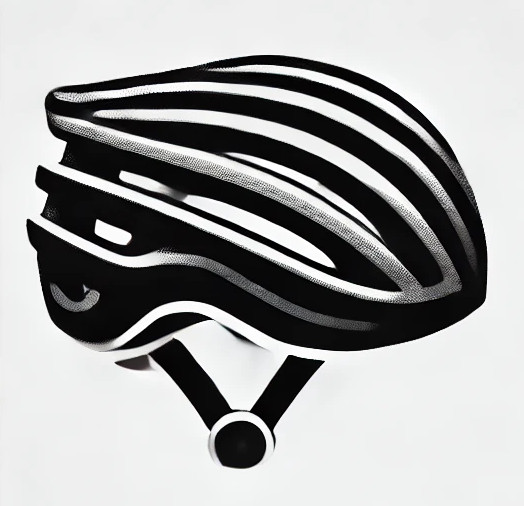
Shoes & Pedals
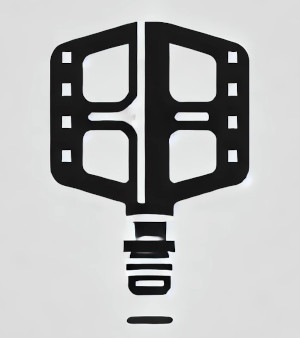
Your connection to the bike matters. A good shoe and pedal combo gives you better power transfer, grip, and control.
Clipless shoes should be stiff enough for efficiency but comfortable enough for long rides. Premium models fit better, breathe well, and last longer. Cheap shoes often feel too flexible and wear out fast.
Flat pedal riders need shoes with grippy soles. Budget options can work, but higher-end models from brands like Five Ten and Ride Concepts offer better traction and durability.
Pedals also matter. Good clipless pedals engage smoothly and last for years. High-quality flat pedals have better grip, thinner profiles, and stronger pins. If your feet keep slipping, an upgrade is worth it.
Suspension (Fork & Shock)
A good suspension setup smooths out the ride and keeps your tires on the ground. Premium forks and shocks offer better damping, adjustability, and responsiveness.
Cheaper suspension can feel harsh or lack fine-tuning options. If you ride technical terrain, a better fork and shock will make a huge difference. Look for models with adjustable rebound, compression, and air pressure settings.
If your stock suspension feels rough or bottoms out often, an upgrade is a smart move.
Brakes
Reliable brakes keep you in control. Cheap brakes fade under heavy use and lack precision.
Premium hydraulic disc brakes offer more stopping power, better modulation, and better heat dissipation. Brands like Shimano and SRAM make high-end models that bite hard and feel smooth.
If your brakes feel weak or inconsistent, upgrading is worth it. Strong, predictable braking helps you ride faster and safer.
Where to Save: Budget-Friendly Gear That Performs Well
Not everything needs to be top-of-the-line. Some budget-friendly gear works just as well as premium options. Spending less on these items frees up cash for the upgrades that really matter.
Apparel (Jerseys, Shorts, Gloves)
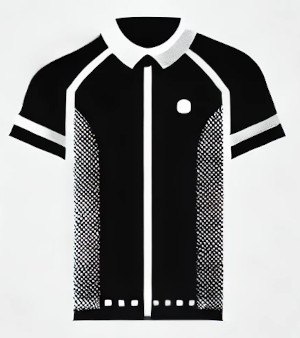
Expensive jerseys and shorts look nice, but budget options do the job just fine. Breathable fabrics and a good fit matter, but you don’t need to spend a fortune to get them.
Many budget-friendly brands offer comfortable jerseys with moisture-wicking materials. The same goes for shorts—just make sure they have a decent chamois if you ride long distances.
Gloves are another place to save. Premium models might have extra padding or fancier materials, but basic gloves with good grip and ventilation work well.
Handlebars, Stem, and Seatpost
These parts don’t affect performance as much as you might think. Most stock handlebars, stems, and seatposts are strong and reliable.
Upgrading to carbon bars or a lighter stem can reduce weight slightly, but it won’t change your ride quality much. Unless you need a different fit or more vibration damping, you can stick with budget options.
Tires
Tires wear out fast, so replacing them often makes more sense than spending big on a premium set. Many budget tires perform well in most conditions.
The main difference between budget and premium tires is the rubber compound and sidewall construction. Softer rubber grips better but wears out faster. Heavier casings offer better puncture resistance but add weight.
Look for last season’s models to save money. Many top-tier tires go on sale when new versions come out, and the performance difference is usually minor.
Backpack & Hydration System
A hydration pack is useful, but you don’t need the most expensive one. Budget-friendly packs hold water, store snacks, and fit comfortably.
Premium packs might have better weight distribution, extra pockets, or higher-end materials, but a well-made budget option works fine. If you carry a lot of gear or ride long distances, spending a little more on a comfortable pack can be worth it. Otherwise, a simple pack does the job.
Save money where it won’t affect performance. Budget jerseys, shorts, handlebars, and backpacks get the job done without breaking the bank. Tires and gloves wear out fast, so replacing them more often makes more sense than buying premium versions.
Spend wisely, and you’ll have more left for the upgrades that truly improve your ride.
For more tips, read our article about common mistakes to avoid when buying mountain bike gear.
When to Upgrade: Signs Your Gear Needs an Upgrade
Good gear lasts, but nothing lasts forever. Worn-out parts and outdated equipment can hold you back. Knowing when to upgrade keeps your rides safe and fun.
Your Helmet is Old or Damaged
Helmets don’t last forever. A crash, even a minor one, can weaken the foam inside. Sun exposure and sweat also break down materials over time.
If your helmet is more than five years old or has taken a hit, replace it. A fresh helmet protects better than an old one.
Your Brakes Feel Weak or Unreliable
Brakes should stop you fast and smooth. If they feel soft, noisy, or inconsistent, it might be time for an upgrade.
Worn brake pads are an easy fix. But if your brakes fade on long descents or lack stopping power, better rotors or a new hydraulic system will help.
Your Suspension Feels Harsh or Bouncy
A good suspension setup smooths out rough trails. If your fork or shock bottoms out too easily, loses air pressure, or feels stiff, it may need service or an upgrade.
Basic forks and shocks work fine for casual rides, but if you ride harder trails, a better suspension will improve control and comfort.
Your Shoes or Pedals Don’t Grip Well
Slipping feet make riding harder and more dangerous. If your shoes feel loose, lack grip, or have worn soles, it’s time for a new pair.
Pedals also wear out. If they feel rough, spin too freely, or lack grip, consider an upgrade. Good contact with your bike makes a big difference.
Your Tires Lose Grip or Flat Too Often
Tires wear down over time. If you’re sliding more than usual, struggling with traction, or fixing flats too often, fresh tires will help.
Look for a tread pattern and rubber compound that fits your terrain. A good tire upgrade can make your bike feel brand new.
Pay attention to how your bike feels. If your gear makes riding harder, less comfortable, or less safe, it might be time for an upgrade. A few key improvements can make a big difference.
Conclusion
Spending wisely on mountain biking gear makes a difference. Some upgrades improve safety and performance, while others offer little benefit for the cost. Knowing where to splurge and where to save keeps your wallet happy and your rides smooth.
Invest in a good helmet, strong brakes, quality suspension, and solid shoes. These upgrades improve control, comfort, and protection. They last longer and make a noticeable difference on the trail.
Save money on jerseys, shorts, handlebars, and hydration packs. Budget-friendly options work well, and spending more on these items rarely improves your ride.
Pay attention to worn-out gear. A weak brake, a slipping pedal, or a bald tire can hold you back or put you at risk. Upgrading when needed keeps your bike running strong.
Ride smart, spend wisely, and enjoy the trails. The right gear helps, but the best upgrade is always more time in the saddle.

by: Cory Willins
Cory is a dynamic and passionate content writer, specializing in sports-related topics. With over a decade of experience in the field, Cory has established… read more

